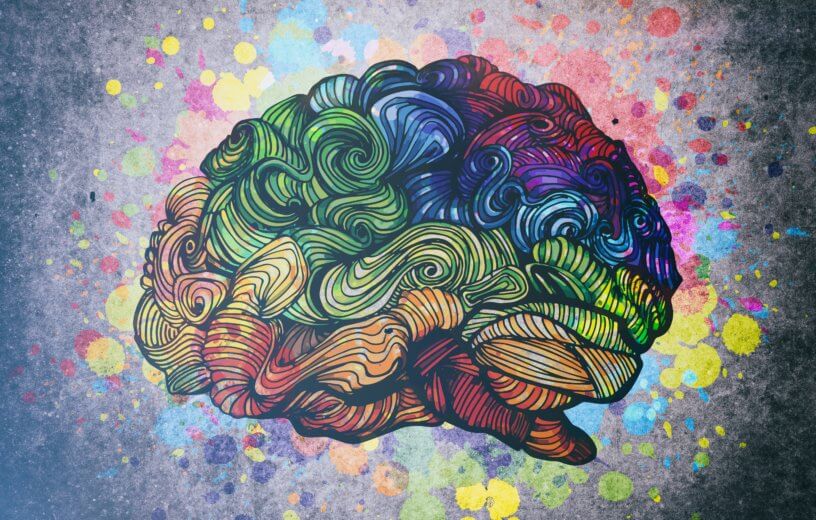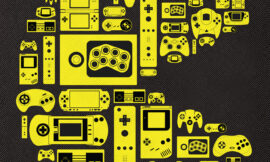What lies at the core of creative work?
Last night, I found I couldn’t fall asleep and so, sitting at my desk in the dim light, I cracked open the copy of Stephen King’s On Writing I had neglected to finish. Once upon a time, I thought creative writing was exactly the career I needed. I had done well in my English classes after all, and I struggled to find any sense of self in the dry purgatory of beginner programming tutorials. And if I had little experience with the brush, at least my expressive needs could be delegated to the pen.
I write this as someone years older, a handful of small but satisfactory game projects under my belt, and a clarity of purpose earned through the crucible of animation references, Maya handbooks, sheet music, and screenwriting gospel in the cupboard by my feet.
To some it’s wasted time, perhaps.
But they’re wrong.
Among those pages are three lessons I learned are at the heart of every creative trade, and it’s made me a better designer.
Practice
The core of everything. And the most self-evident lesson.
Yet it’s right here where people fumble first and hardest.
Say you’re fresh out of high school and looking to be a game designer. Just answer me one simple question: have you tried designing something? It’s here I’m hit with, “I watched a lot of video essays on YouTube,” or “I bought this expensive textbook with some funny cards.” If this is you: solidarity, brother.
Whether game design, music, film, or prose, we’re all endowed with wonderful taste. The criticism comes easy until it’s you set in front of the blank page, and the gulf between your taste and your abilities forces you to confront your inner Monday Morning Quarterback. If this is you, know one thing: a black belt is only a master of basics.
And the basics will set you free.
When you’re a critic, you’re free of the need to perform, and don’t incur that added mental burden. But when you’re a creator, you must practice so you can free up your mind to focus on the bigger creative problems. It’s why burly football players are often found near decrepit, often overweight coaches — while they practice their mechanics, the coach handles the mental labor of sizing up opponents and devising game plans. When you’re facing the mental challenge of observing and perfecting your basic form, you cannot expect to execute in the enlightened mental space you occupied before undertaking the creative endeavor.
Intuition
I’m a football fan, so you’ll just have to bear with me. In the football world, there’s a concept known as “football IQ.” Beyond an athlete’s physical performance, it’s the factor of understanding your strategic situation and acting optimally.
As a creative, you need to build your “creative IQ.” It is the only way to avoid the tyranny of the blank page.
You see, the ideas you carry in your head of wonderful worlds and charming characters are simply emotions. They’re not yet tangible. It helps to understand how this actually occurs.
The basal ganglia are a set of structures in your brain, including the hippocampus, which generate associations between your memories. These associations are combined with emotional output from your brain’s limbic system, which includes the amygdala. To this, you have two primary responses.
The first is a physiological response that leads to immediate behavior change, such as fight-or-flight in response to fear. The second is an intellectual response, where you search for meaning in the thoughts that surface. When the latter occurs immediately alongside the experience of an emotion, we call this experience aesthetic emotion: the simultaneous unity of feelings and meaning. These are the ideas our brain formulates that we try to express as creators.
In contrast, our work as creatives is always physical, whether the written word, the brushed stroke, the plucked chord, or the act of ludens (playing). Thus our chief creative problem is translating our aesthetic emotions into physical representations that can trigger that same experience in our audience.
You must reach into that great idea you have and pull from it the core feeling it evokes and the meaning you’ve given it. Boil it down to its essential experience.
You might know this as a work’s “theme,” but that word is pretty vague. The great Robert McKee expresses what we’re after much better:
I prefer the phrase ‘Controlling Idea’, for like theme, it names a story’s root or central idea, but it also implies function: The Controlling Idea shapes the writer’s strategic choices.
Robert McKee; Substance, Structure, Style, and the Principles of Screenwriting; pg. 115.
Replace “writer” with your trade, as this is unequivocally true of all creative work.
Those “strategic choices” are all the theory we learn about our medium, from books, to academia, to video essays and literary analyses. We create the experience of aesthetic emotion in our audience from our choice of colors, words, game mechanics, angles, lighting, and every other rhetorical tool we have.
And from that comes “creative IQ” or intuition, when we can confidently choose our rhetoric to convey the emotion we intend. Building this also requires practice.
I need you to understand this: at conception, your ideas are just emotions. You can boil down your emotions to a feeling and a meaning. From here, use the tools of your trade to express that essential experience. With practice, you will develop your creative IQ; your intuition.
But that practice must be deliberate. Which brings us to…
Iteration
It is our goal as creative professionals to be productive, and so we can’t let the act of creation tyrannize us any longer. The path to liberation requires iteration (see what I did there?).
Remember, we free up mental resources for creativity by better grasping the fundamental mechanics of our medium. From there, we distill our ideas into feeling and meaning, using that to guide our intuition on rhetoric. The next step, iteration , is the means by which we grow and develop great works.
Once you have your essential experience, don’t think about anything else. Spill everything down on the page. Open a level editor and go. Dump like you’re having a breakdown.
It’s like a 1,000-piece jigsaw puzzle. You wouldn’t solve it with the pieces still in the box. No, you must sprawl them all out on the floor, as soon as you can. Only then can you begin to line up the edges, find matching colors and patterns, and put each piece in its proper place.
You’ll realize how freeing this is when you internalize that almost nothing of your initial draft need remain once you’re done. No matter how messy your line art, seeing something in front of you gives you something to work with. And your Controlling Idea ensures you’ll never stray from your goal.
Write. Iterate. Repeat. Draw. Iterate. Repeat. Prototype. Iterate. Repeat.
You’ve poured your heart out. Trust yourself, and with every iteration, you only need to answer one question: “Does this fit my Controlling Idea?” If not, let it go. You know exactly what you’re trying to express.
Happy trails.

